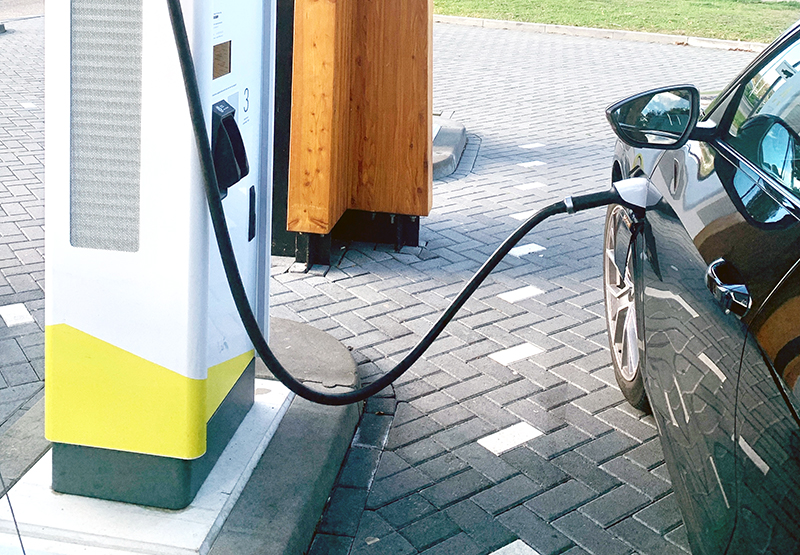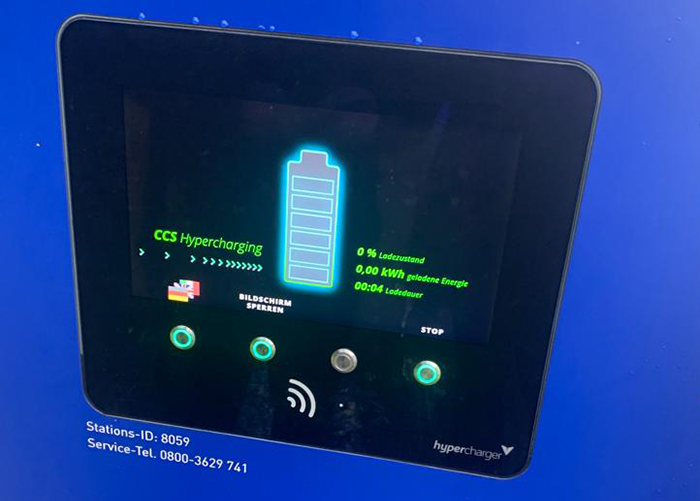What makes OCPP better for Smart Charging?
Different types of chargers and systems
When charging becomes more and more the norm, many different manufacturers will be offering their type of backend systems and their type of EV charging systems. This means that we will see a possible development of different types of chargers and systems. Eventually there will be a race of which types are the better.

A similar type of discussion has been seen before when CDs and laserdiscs were introduced or if we go further back the VHS and the Betamax. Back then there was two different systems and only one of them could win. This time there’s a new compatibility-tool which makes it possible to manage more kinds of charging systems.
To manage these different systems OCPP is the key
As it is an international open source standard with no license, there is no restrictions of use for anyone. Using the Open Charge Point Protocol to connect and exchange communication between the charger and the charging network offers a more flexible solution as it creates an interoperability for equipment from different manufacturers. Other features that the OCPP offers is to remotely manage the charges, fix the rates and generate reports at the charging facility. It can even detect which EV charging station is available or reserved, which are active and charging a vehicle and which are not working. Furthermore, the status of the charger as well as it’s firmware can be updated without even being on-site.

How to decide wether Smart Charging is the new future of mobility
Smart charging enables the ability to automatically adjust charging patterns, based on charging.
To be more precise, there are four main advantages by which the Open Charge Point Protocol improves Smart Charging drastically.
- When using the EV charging station, the OCPP will control the supply to specific vehicles by putting limits on the maximum power that can be supplied by each charging gun.
- The OCPP Smart Charging allows priority charging for selected vehicles over others.
- Smart Charging helps regulate the total energy consumption and the associated cost by taking into account the factors such as load capacity, the current tariff for the electricity and the availability of renewable power.
- On the supply side, OCPP compliance with other protocols allows for integration with the grid to support it during peak demand time.
All in all there is no need to make a new “Betamax discussion” as the OCPP has everything covered as long as the charging system is compliant with the OCPP.
Consequently, when manufactures plan on developing new charging points, the main aspect they need to be aware of is the compliance with OCPP. As a result a flexible optimization, operation and maintenance of the charging system is guaranteed.
In cooperation with INIT, the world’s leading provider of integrated IT solutions for public transportation, we have developed solutions aimed at giving you a better overview of your bus fleet. Use the data from your vehicles and charging stations to your advantage.





